The Kangaroo is now finished and has completed its shake-down ride. New grey tyres were fitted and some small engineering jobs were necessary, including making a new foot rest where the original had been broken off. A couple of incorrect nuts were re-made to correct pattern. Quite a lot of work was required in carefully straightening the chain guards, and the trouser guard. All ball bearings were replaced, and reproduction pedal rubbers fitted. I have kept the original saddle as it is, to be retained with the machine, whilst for riding I have fitted a new pan saddle almost identical in design to the Brooks original. The pan was beautifully made by Tony Huntington. The white painted section on the backbone of the frame was retained. This was clearly added during the last War, suggesting that rather amusingly the bike was used on occasions during that period! (A white painted section was required by law on the rear of bicycles used during war-time blackouts in the UK)
The Kangaroo was an attempt to make the Ordinary bicycle safer, but it was a flawed design. Although you sit lower than on an Ordinary, it’s still possible to do a ‘header’ and the additional weight of the chainwheels and chains add very significantly to the weight of the machine, which does feels heavy. Worst of all is the vertical drive train. As Archibald Sharp noted in ‘Bicycles and Tricycles’ (1896) ‘In pressing the pedals downwards the front side of the chain is tight, but when the pedal is ascending, since it cannot be lifted direct by the rider, it is pulled up by the chain, the rear side of which gets tightened. This reversal, taking place twice every revolution throws a serious jar on the gear. This defect cannot,..be overcome by skilful pedalling.’ The chains are poorly designed, having solid sections in contact with the chainwheels, instead of rollers, and when this is combined with the design defect it leads to premature wear and stretching of the chains. Slack in the chains makes the ‘jar’ worse, of course. The chains can only be adjusted by the same amount each side, otherwise the wheel would be thrown out of line in the fork.
Of course the advent of the rear-drive Safety Bicycle in 1885, caused the Kangaroo to decline in popularity, having enjoyed a brief success.
Despite the shortcomings of the design it is a fun machine to ride. It may not be much safer, but it feels like it is. It is stable, with the relatively large rear wheel, and it bowls along very nicely. The beautifully made saddle spring gives good comfort, and I was surprised to find that it climbed hills well, despite the jarring of the chains being more pronounced under load. It’s interesting to compare it to the Rover which rendered it obsolete. The Rover is undoubtedly a finer riding machine, but the Kangaroo has a quirky charm about it.
George Moore’s drawing above, from ‘Cycling’ magazine of 1885, shows a race between the Kangaroo and the Rover. In September 1884 George Smith broke the 100 mile record on a Kangaroo, taking 7 hours 11 minutes and 10 seconds to cover the distance. Almost exactly a year later he broke the same record on a Rover Safety Bicycle by just over 6 minutes. The drawing in fact represents an imaginary race between the machines, since the rider of both is the same man, George Smith. Being lucky enough to own examples of both machines, I intend to re-create this drawing in a photograph. First I need to find another rider that looks like me…. Watch this space!



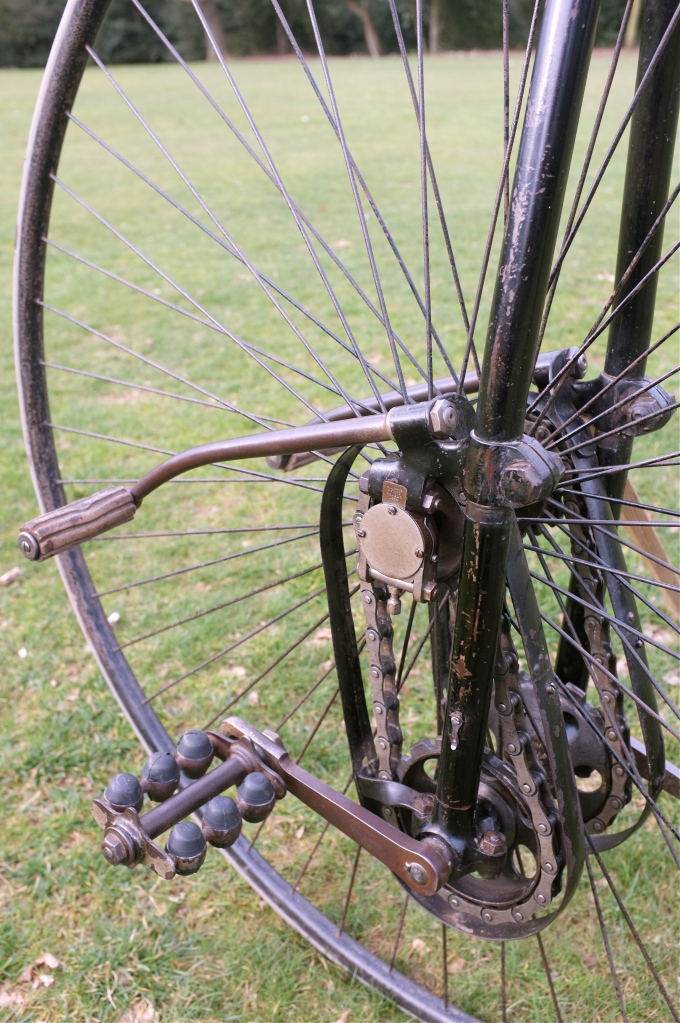


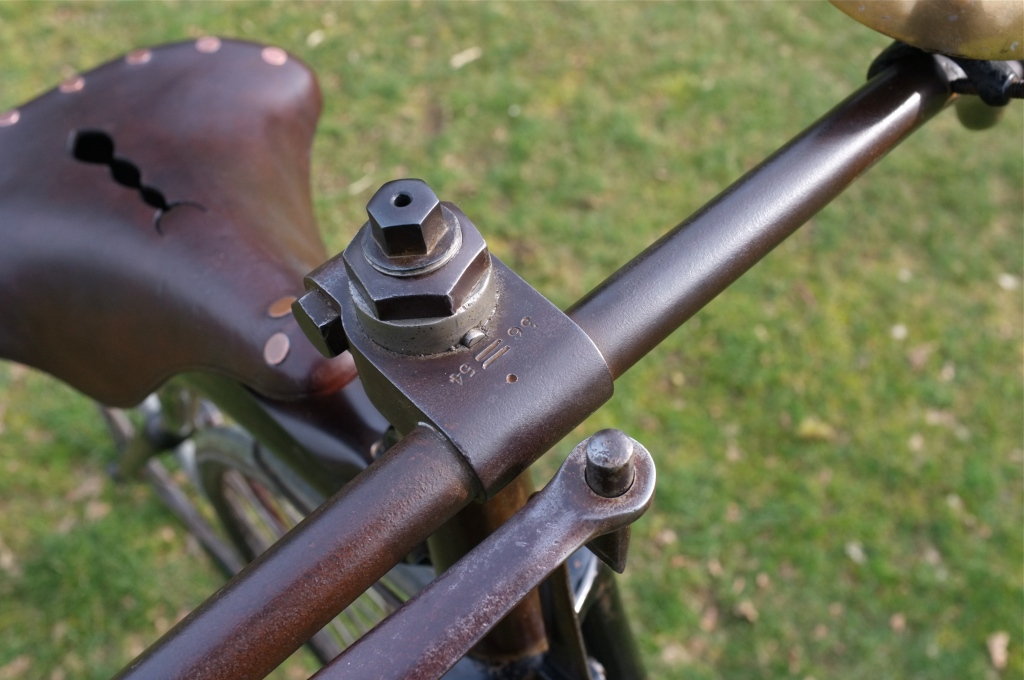






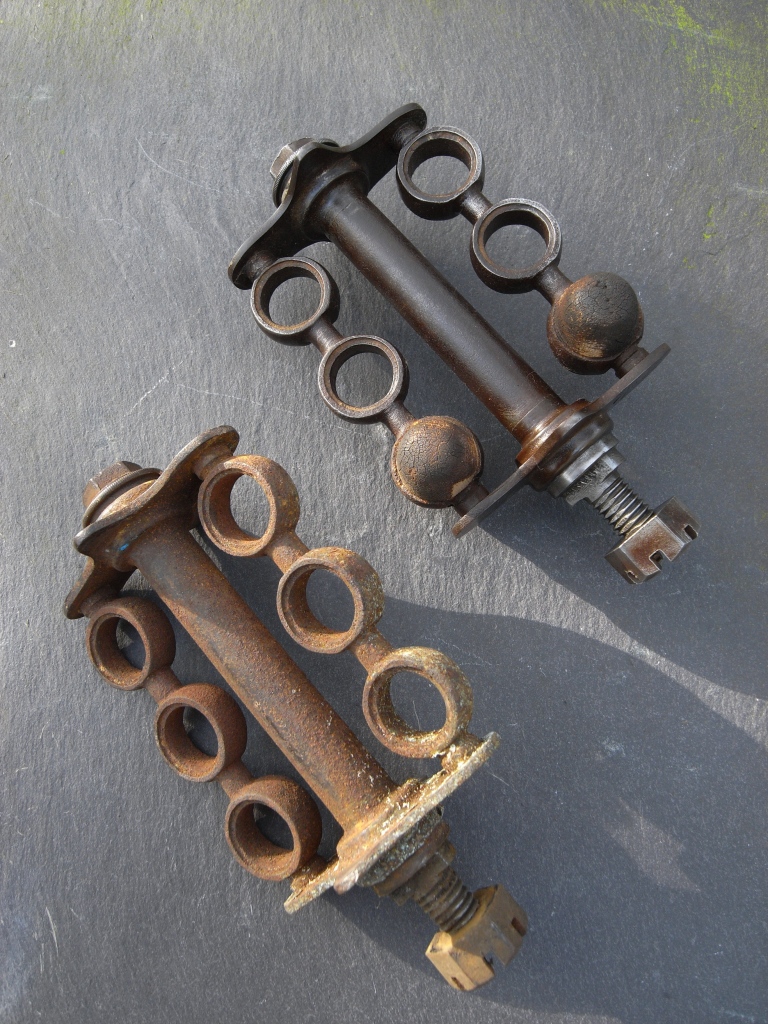













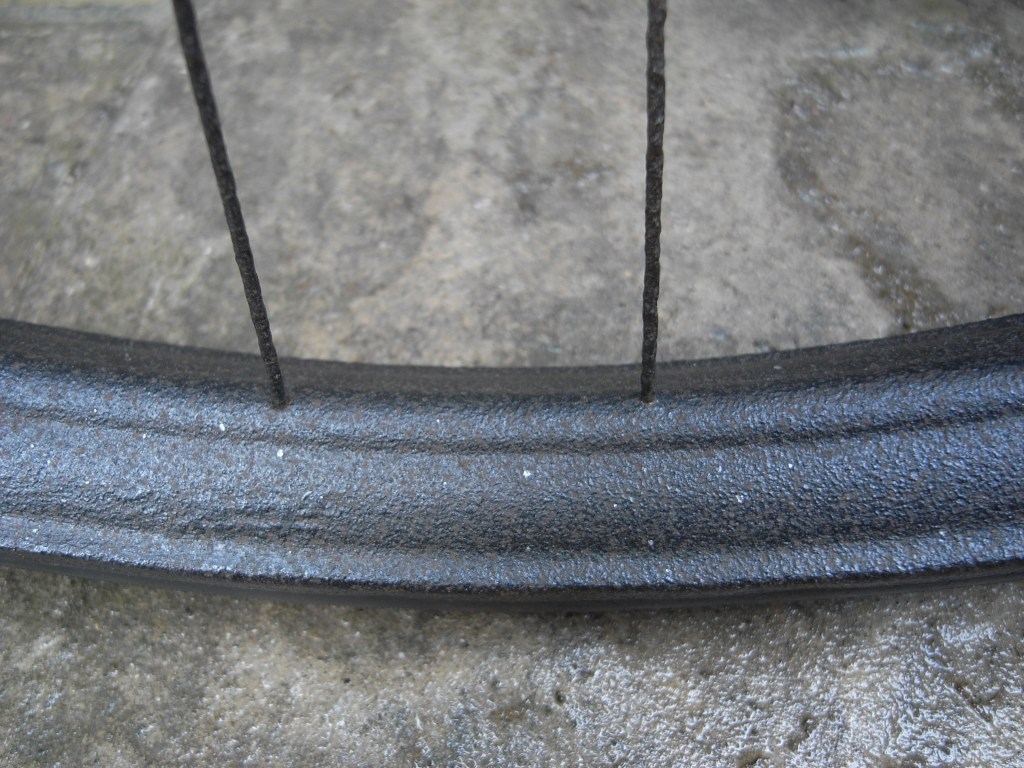
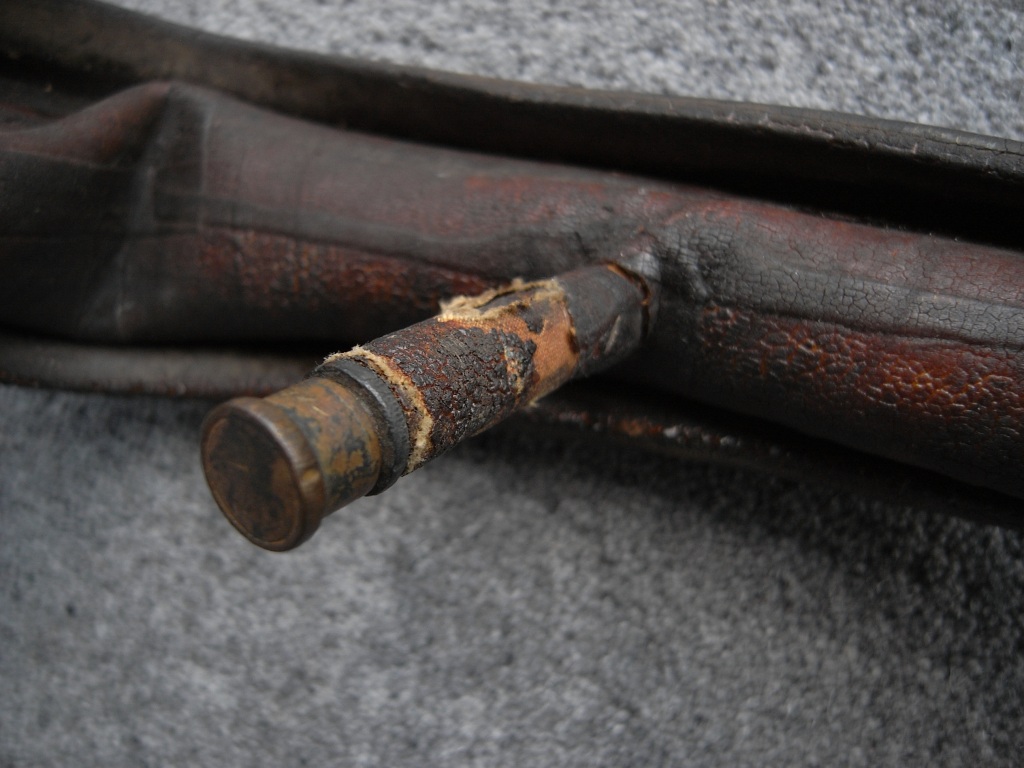
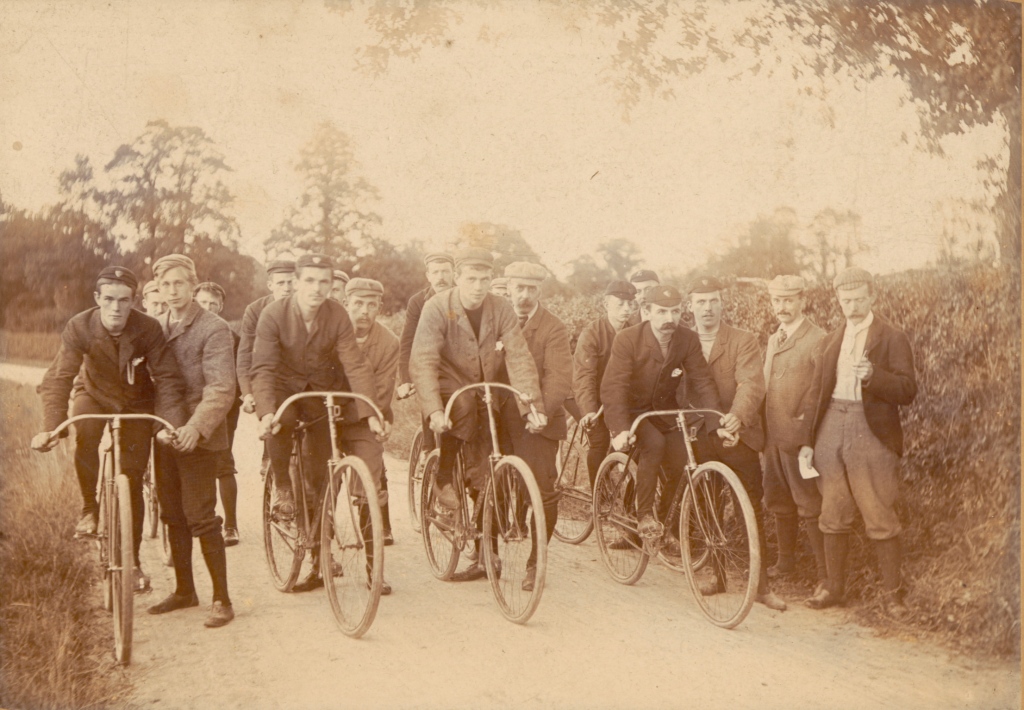





































































You must be logged in to post a comment.